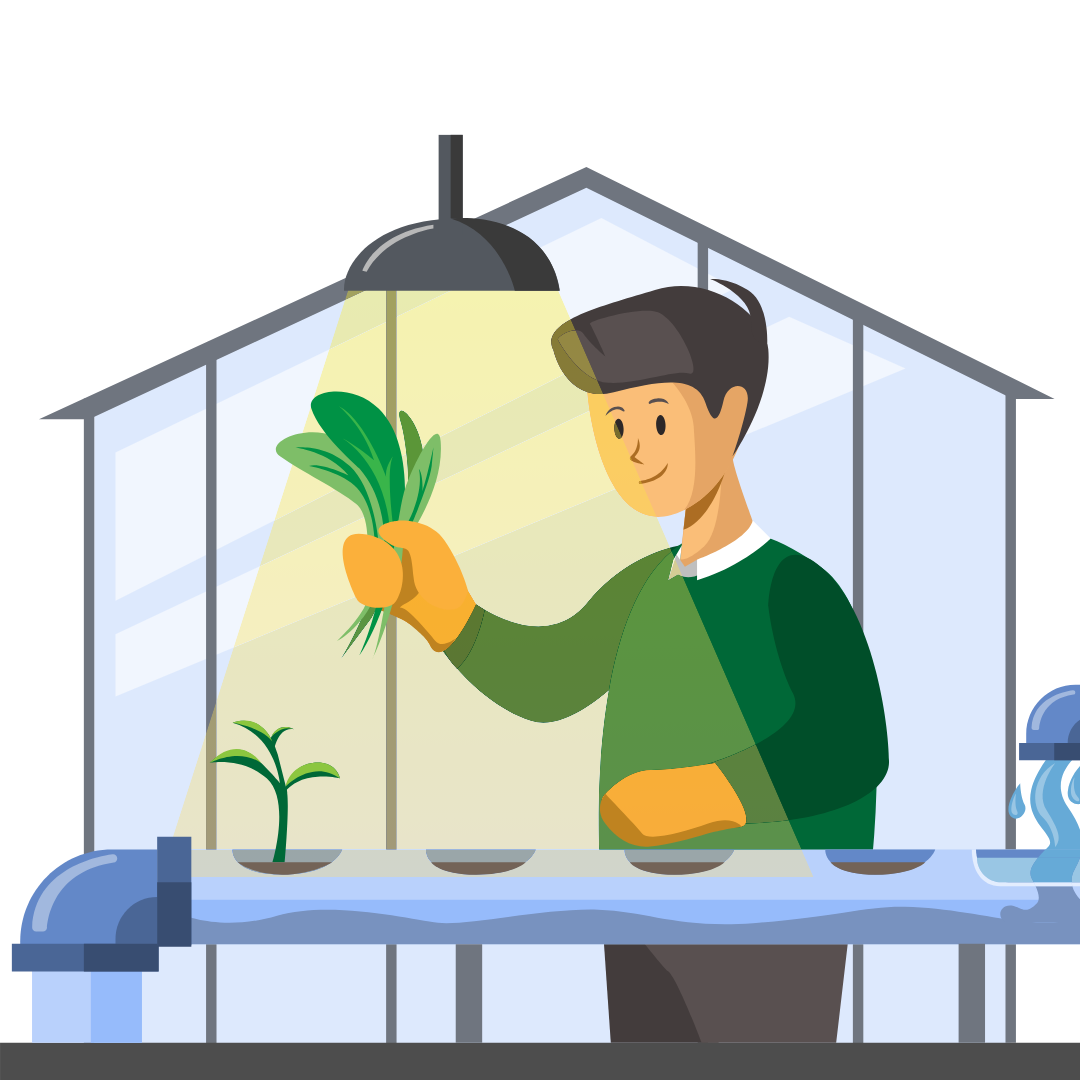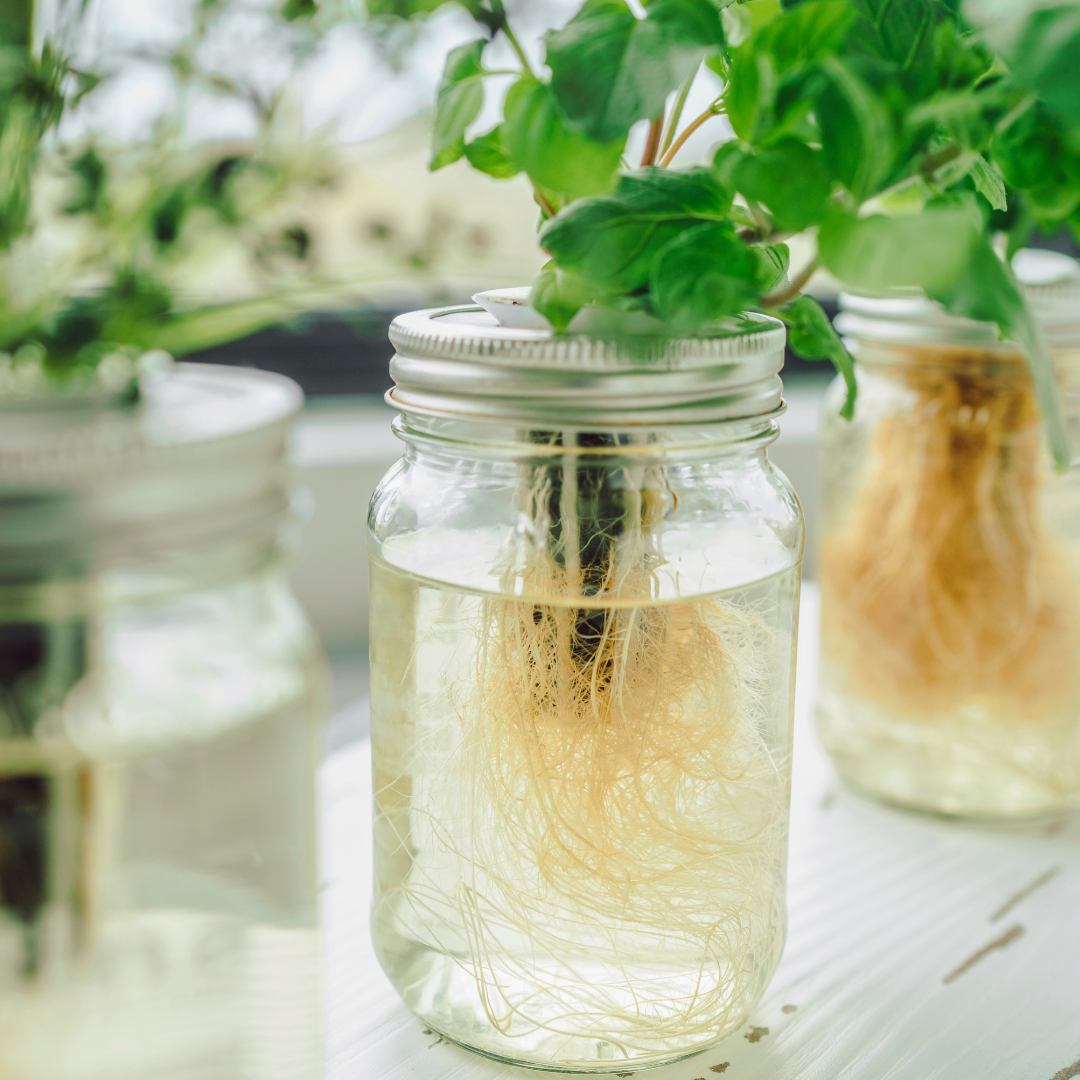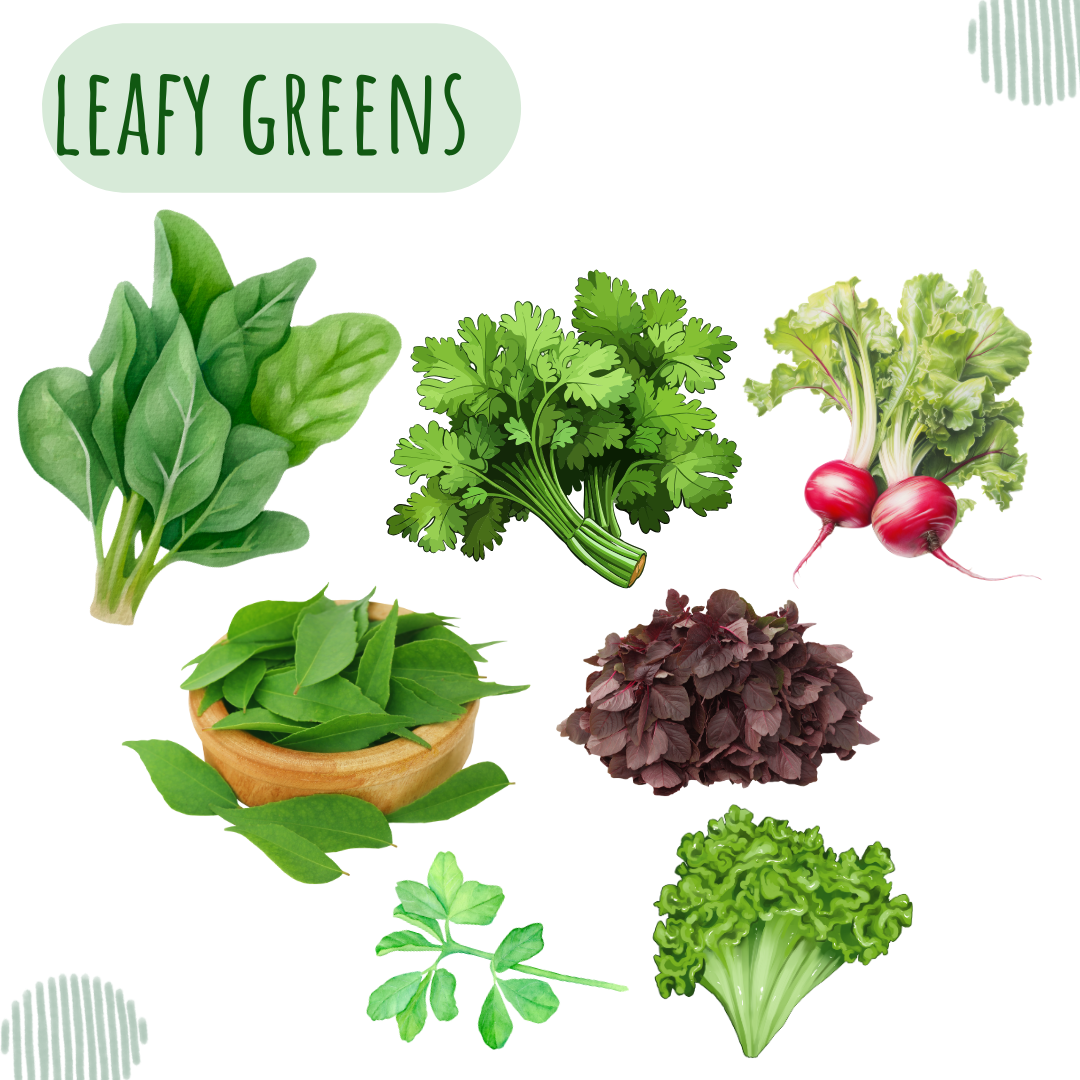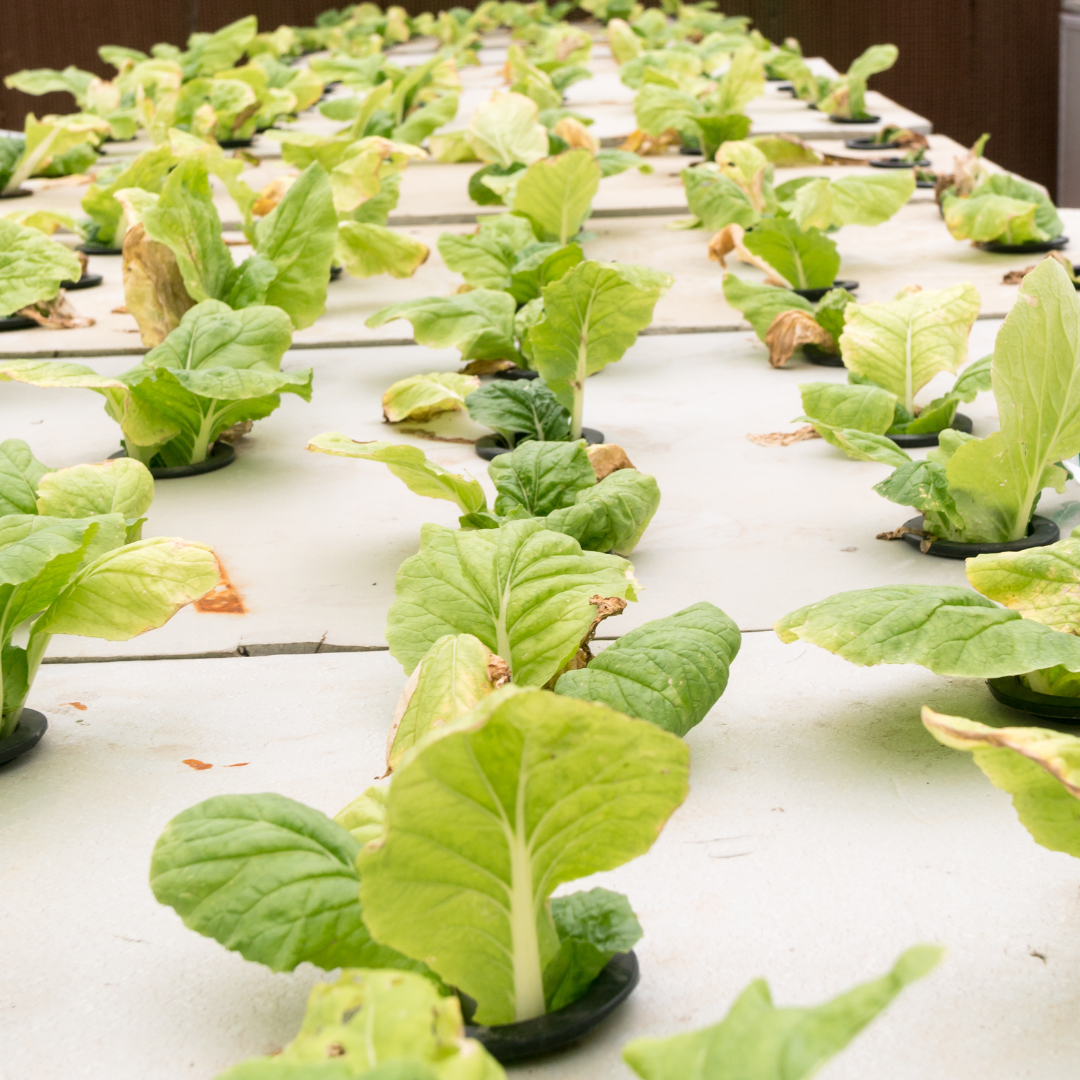Hydroponic gardening, a method of growing plants without soil, has gained popularity for its innovative approach and numerous Pros and Cons.
Utilizing nutrient-rich water solutions, this technique allows for faster growth, higher yields, and efficient use of space and water. However, like any gardening method, hydroponics comes with its own set of challenges, including initial setup costs, technical knowledge requirements, and constant monitoring.

In this blog post, we will delve into the pros and cons of hydroponic gardening, helping you understand its potential and limitations.
Whether you’re a hobbyist or a commercial grower, this guide will provide valuable insights into the world of hydroponic gardening.
What is Hydroponic Gardening?
Hydroponic gardening is a method of growing plants using a water-based nutrient solution, without soil.
Plants are supported by inert mediums such as perlite, vermiculite, or rock wool. The nutrient solution provides essential minerals and nutrients directly to the plant roots, promoting faster growth and higher yields.
Pros and Cons of hydroponics:
The Pros of Hydroponic Gardening
1. Faster Plant Growth
One of the most significant advantages of hydroponic gardening is the accelerated plant growth. Plants grown hydroponically can grow up to 50% faster than those grown in soil.

This is because the nutrients are delivered directly to the roots, allowing plants to absorb them more efficiently. Additionally, the controlled environment helps to optimize growing conditions.
2. Higher Yields
Hydroponic systems often produce higher yields compared to traditional soil gardening. The optimized nutrient delivery and controlled environment reduce stress on plants and allow them to focus their energy on growth and fruit production.
This makes hydroponics an attractive option for commercial growers looking to maximize their output.
3. Space Efficiency
Hydroponic gardening is ideal for those with limited space. Vertical hydroponic systems, for example, allow gardeners to grow a large number of plants in a small area.

This makes hydroponics perfect for urban environments or small apartments where traditional gardening might not be feasible.
4. Water Conservation
Hydroponic systems use significantly less water than traditional soil gardening. The closed-loop system recirculates water, minimizing waste.
This makes hydroponic gardening an environmentally friendly option, especially in regions with water scarcity.
5. Reduced Pest and Disease Issues
Growing plants in a controlled, soil-free environment can reduce the risk of soil-borne pests and diseases.

Hydroponic systems often have fewer problems with weeds, insects, and diseases, which can lead to healthier plants and reduced need for pesticides.
The Cons of Hydroponic Gardening
1. Initial Setup Costs
The initial cost of setting up a hydroponic system can be high. Equipment such as pumps, grow lights, and nutrient solutions can add up quickly.

While these costs can be offset by higher yields and faster growth, the upfront investment can be a barrier for some gardeners.
2. Technical Knowledge Required
Hydroponic gardening requires a certain level of technical knowledge. Gardeners need to understand how to balance nutrient solutions, monitor pH levels, and maintain equipment.
This learning curve can be challenging for beginners, but with time and experience, it becomes more manageable.
3. Risk of System Failures
Hydroponic systems rely on pumps and electricity to deliver nutrients and water to plants. If there is a power outage or equipment failure, plants can quickly become stressed and damaged.
Backup systems and regular maintenance are essential to prevent such issues.
4. Limited Crop Varieties
Not all plants are suitable for hydroponic gardening. While many leafy greens and herbs thrive in hydroponic systems, some root vegetables and larger fruiting plants can be more challenging to grow.

Gardeners may need to experiment with different plant varieties to find what works best for their system.
5. Constant Monitoring
Hydroponic gardens require constant monitoring to ensure that nutrient levels, pH balance, and water temperature are all within the optimal range.
This can be time-consuming and may not be suitable for those who cannot dedicate the necessary time and attention to their garden.
Types of Hydroponic Systems
1. Nutrient Film Technique (NFT)
NFT systems use a thin film of nutrient solution that flows over the roots of plants. This method is efficient and allows for excellent oxygenation of the roots.
However, it requires precise monitoring and can be prone to clogging if not maintained properly.
2. Deep Water Culture (DWC)
In DWC systems, plants are suspended in a nutrient solution with their roots submerged. This method is simple and effective, making it popular among beginners.
It requires aeration to ensure roots receive enough oxygen.
3. Drip System
Drip systems deliver nutrient solutions directly to the base of each plant through a network of tubes. This method is versatile and can be used for a wide variety of plants.

It requires regular maintenance to prevent clogs and ensure even distribution of nutrients.
4. Ebb and Flow (Flood and Drain)
Ebb and flow systems periodically flood the grow tray with nutrient solution and then drain it back into a reservoir. This method is effective for plants that require a dry period between waterings.
It requires careful monitoring to prevent root rot.
5. Aeroponics
Aeroponic systems suspend plants in the air and mist the roots with nutrient solution. This method provides excellent oxygenation and can lead to rapid growth.

However, it is more complex and requires precise control of misting intervals and nutrient concentration.
Nutrient Solutions in Hydroponics
The success of a hydroponic garden depends heavily on the nutrient solution used. Nutrient solutions are carefully formulated to provide all the essential minerals and nutrients that plants need to grow.
These solutions must be balanced and monitored regularly to ensure plants receive the correct nutrients in the right amounts.
Essential Nutrients
Plants require a variety of nutrients for healthy growth, including:
- Macronutrients: Nitrogen (N), Phosphorus (P), Potassium (K), Calcium (Ca), Magnesium (Mg), and Sulfur (S)
- Micronutrients: Iron (Fe), Manganese (Mn), Zinc (Zn), Copper (Cu), Molybdenum (Mo), and Boron (B)
Monitoring and Adjusting Nutrient Levels
Gardeners need to regularly check the nutrient levels and pH of their solution to ensure optimal plant health. Nutrient imbalances can lead to deficiencies or toxicities, affecting plant growth. pH levels should generally be kept between 5.5 and 6.5, depending on the plant species.
The Environmental Impact of Hydroponics
Hydroponic gardening has both positive and negative(Pros and Cons) environmental impacts. On the positive side, hydroponics uses less water and reduces the need for chemical pesticides.

However, the energy consumption for lighting, heating, and pumping systems can be significant. Gardeners can mitigate this by using energy-efficient equipment and renewable energy sources.
Conclusion
Hydroponic gardening offers many advantages, including faster growth, higher yields, and efficient use of space and water. However, it also comes with challenges such as high initial costs, technical knowledge requirements, and the need for constant monitoring.
By understanding the pros and cons, gardeners can make informed decisions about whether hydroponic gardening is right for them.
As technology and techniques continue to evolve, hydroponics is likely to become an increasingly viable and sustainable option for growing food in various environments.
Whether you’re a hobbyist gardener or a commercial grower, hydroponic gardening can offer a rewarding and innovative way to cultivate plants.
